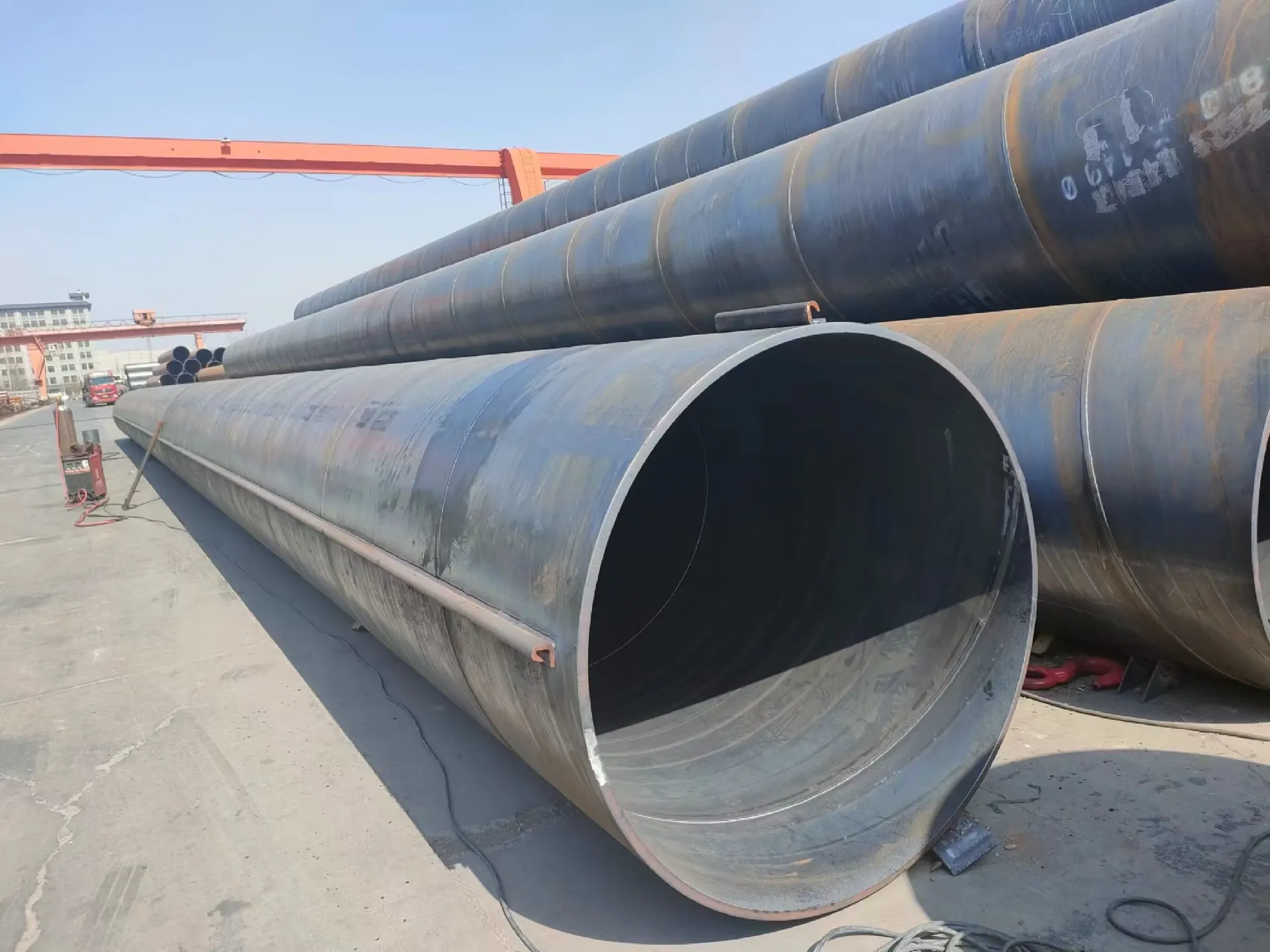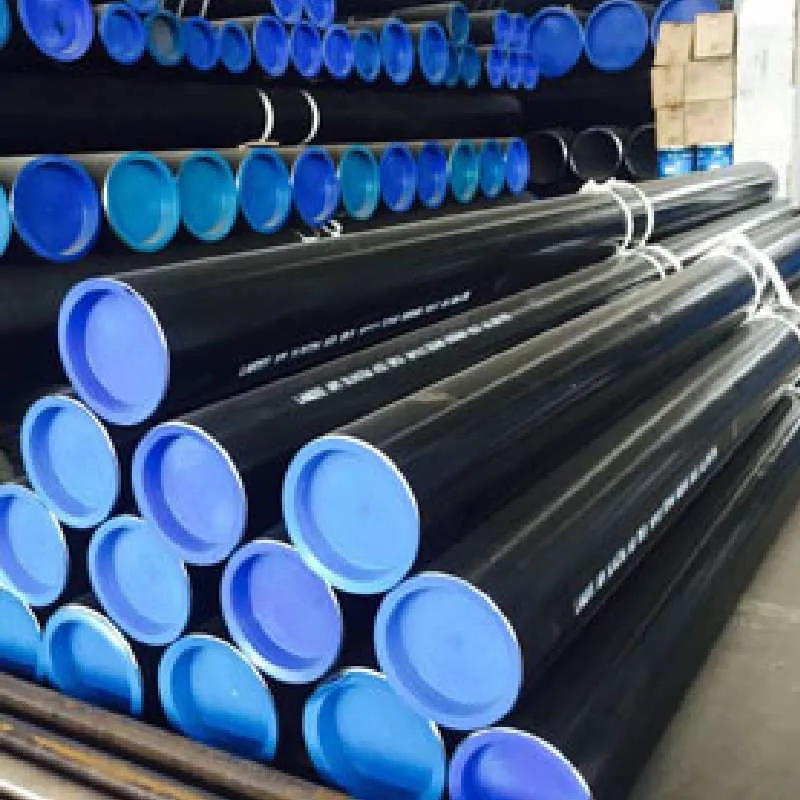-
Cangzhou Yulong Steel Co., Ltd.
-
Phone:
+86 13303177267 -
Email:
admin@ylsteelfittings.com
- English
- Arabic
- Italian
- Spanish
- Portuguese
- German
- kazakh
- Persian
- Greek
- French
- Russian
- Polish
- Thai
- Indonesian
- Vietnamese
- Zulu
- Korean
- Uzbek
- Hindi
- Serbian
- Malay
- Ukrainian
- Gujarati
- Haitian Creole
- hausa
- hawaiian
- Hebrew
- Miao
- Hungarian
- Icelandic
- igbo
- irish
- Japanese
- Javanese
- Kannada
- Khmer
- Rwandese
- Afrikaans
- Albanian
- Amharic
- Armenian
- Azerbaijani
- Basque
- Belarusian
- Bengali
- Bosnian
- Bulgarian
- Catalan
- Cebuano
- China
- China (Taiwan)
- Corsican
- Croatian
- Czech
- Danish
- Esperanto
- Estonian
- Finnish
- Frisian
- Galician
- Georgian
- Kurdish
- Kyrgyz
- Lao
- Latin
- Latvian
- Lithuanian
- Luxembourgish
- Macedonian
- Malgashi
- Malayalam
- Maltese
- Maori
- Marathi
- Mongolian
- Myanmar
- Nepali
- Norwegian
- Norwegian
- Occitan
- Pashto
- Dutch
- Punjabi
- Romanian
- Samoan
- Scottish Gaelic
- Sesotho
- Shona
- Sindhi
- Sinhala
- Slovak
- Slovenian
- Somali
- Sundanese
- Swahili
- Swedish
- Tagalog
- Tajik
- Tamil
- Tatar
- Telugu
- Turkish
- Turkmen
- Urdu
- Uighur
- Welsh
- Bantu
- Yiddish
- Yoruba

Jan . 09, 2025 11:58 Back to list
pipe types
In the vast and complex world of plumbing and construction, understanding the different types of pipes is paramount. Pipes form the backbone of systems that deliver water, gas, and other essential utilities. With evolving technologies and materials, choosing the right type of pipe becomes crucial, both for efficiency and longevity. This article dives deep into various pipe types, sharing real-world experiences and professional insights to help you make informed decisions.
Galvanized steel pipes represent an older generation of piping used predominantly before the 1980s. They are steel pipes with a layer of zinc to increase their resistance to corrosion and rust. While they were once the standard for residential water systems, modern materials have largely replaced them due to concerns about lead contamination and rust accumulation over time, which can affect water quality and flow rate. In industrial applications, HDPE (High-Density Polyethylene) pipes are commonly used due to their excellent chemical resistance, minimal friction, and outstanding durability. Their flexibility means they can be manufactured in long lengths, reducing the need for frequent joints. This minimizes leakage risks and simplifies maintenance over the pipe's lifespan. Selecting the appropriate pipe material requires careful consideration of the specific requirements of the project—temperature, pressure, type of fluid being transported, and budget constraints. Each material presents unique advantages and potential drawbacks, catering to varied applications both in residential and industrial contexts. Thus, staying informed about advancements in piping technologies is not just beneficial but necessary. As industry experts often advise, consulting with a qualified plumbing engineer or material specialist can aid in choosing the perfect fit for any given project, ensuring safety, efficiency, and cost-effectiveness. By understanding the landscape of pipe types, professionals and homeowners alike can make confident, informed decisions that stand the test of time. Remember, the right choice of pipe is not merely a technical preference; it is a fundamental determinant of the system's long-term integrity and serviceability.


Galvanized steel pipes represent an older generation of piping used predominantly before the 1980s. They are steel pipes with a layer of zinc to increase their resistance to corrosion and rust. While they were once the standard for residential water systems, modern materials have largely replaced them due to concerns about lead contamination and rust accumulation over time, which can affect water quality and flow rate. In industrial applications, HDPE (High-Density Polyethylene) pipes are commonly used due to their excellent chemical resistance, minimal friction, and outstanding durability. Their flexibility means they can be manufactured in long lengths, reducing the need for frequent joints. This minimizes leakage risks and simplifies maintenance over the pipe's lifespan. Selecting the appropriate pipe material requires careful consideration of the specific requirements of the project—temperature, pressure, type of fluid being transported, and budget constraints. Each material presents unique advantages and potential drawbacks, catering to varied applications both in residential and industrial contexts. Thus, staying informed about advancements in piping technologies is not just beneficial but necessary. As industry experts often advise, consulting with a qualified plumbing engineer or material specialist can aid in choosing the perfect fit for any given project, ensuring safety, efficiency, and cost-effectiveness. By understanding the landscape of pipe types, professionals and homeowners alike can make confident, informed decisions that stand the test of time. Remember, the right choice of pipe is not merely a technical preference; it is a fundamental determinant of the system's long-term integrity and serviceability.
Next:
Latest news
-
ANSI 150P SS304 SO FLANGE
NewsFeb.14,2025
-
ASTM A333GR6 STEEL PIPE
NewsJan.20,2025
-
ANSI B16.5 WELDING NECK FLANGE
NewsJan.15,2026
-
ANSI B16.5 SLIP-ON FLANGE
NewsApr.19,2024
-
SABS 1123 FLANGE
NewsJan.15,2025
-
DIN86044 PLATE FLANGE
NewsApr.19,2024
-
DIN2527 BLIND FLANGE
NewsApr.12,2024
-
JIS B2311 Butt-Welding Fittings LR/SR 45°/90° /180°Seamless/Weld
NewsApr.23,2024











